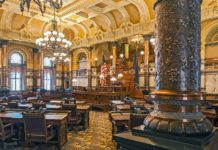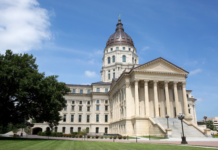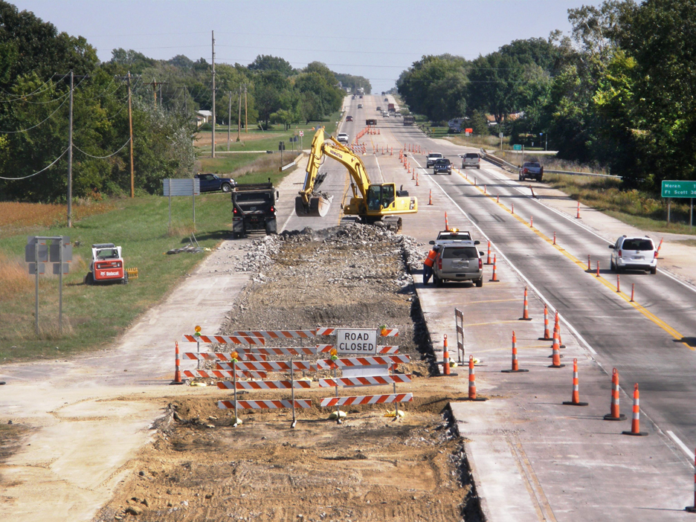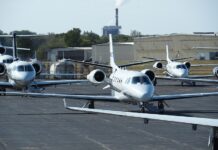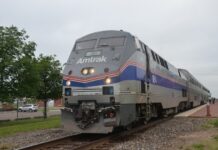At the outset of Gov. Laura Kelly’s term, the state didn’t have any road projects to pull off the shelf if money suddenly came available for construction.
Money for the last program had started running dry in 2018, with no cash left for unfinished road work from the last multiyear transportation plan.
The direction shifted last year when – in the early stages of the pandemic – the Legislature approved a new transportation plan that called for lining up projects in a pipeline that would be eligible for work as funding was available.
The goal of the plan developed by the Transportation Department was to give the state a flexible approach to building new roads instead of following past precedent and locking in projects from the start of the program.
By last May, the state already had $1.6 billion worth of roads projects in the pipeline, many of which were announced ready for construction early last month.
However, the state still has 16 projects – totaling about $800 million – left in the pipeline that would be first in line for hundreds of millions of dollars in money from the new infrastructure bill that passed the Senate on Tuesday.
The roughly $1 trillion federal bill must still pass the House.
There’s no guarantee that all of those projects in the development pipeline would get funded because some may require more engineering work or land acquisition in which funding might not make a difference.
But it does give some idea about the Transportation Department’s highway priorities with the state in line for getting $2.6 billion in money for highways over five years.
The Transportation Department “has been full steam ahead with the planning process for projects,” said Michael White, executive director of the Kansas Contractors Association.
“Kansas is as well prepared as any state to take those dollars and put them into the economy,” White said.
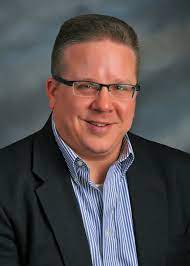
“It was always our hope that an infrastructure plan would be coming from D.C.,” White said. “We always felt like Kansas would be well-positioned.”
Here are some examples of projects that are next in line in the state’s highway development pipeline, although they are not necessarily guaranteed of funding even with the new infrastructure bill:
- US. 40/K-10 Douglas County: U.S. 40 (Sixth Street) south and east to U.S. 59
Project: 4-lane freeway
Distance: 7 miles
Cost: $130 million - U.S. 40/K-10 Douglas County: I-70 south to U.S. 40 (Sixth Street)
Project: 4-lane freeway, new KTA interchange
Distance: 1 mile
Cost: $73 million - K-92 Leavenworth County: Centennial Bridge
Project: New bridge
Cost: $98 million - K-68 Miami County: US-169, east to west of U.S. 69 west of Louisburg
Project: 4-lane expressway
Distance: 7 miles
Cost: $63 million - U.S. 56/K-96 Barton County: Great Bend to K-156
Project: 4-lane expressway
Distance: 2 miles
Cost: $15 million - K-96 Sedgwick County: Hillside Road to Greenwich Road
Project: 6-lane freeway
Distance: 6 miles
Cost: $225 million - U.S. 50 Gray County: Finney county line to Cimarron
Project: 4-lane expressway
Distance: 18 miles
Cost: $90 million - K-4 Saline County: 2.3 miles east of K-104 to Kipp Road
Project: Reconstruct on offset alignment and improve intersections
Distance: 7 miles
Cost: $20 million
These projects made it into the pipeline based on criteria that included a mix of input from local leaders, impact on economic development on engineering.
Transportation officials stress that a project needs to be in the pipeline to get to construction, but not every project in the pipeline is guaranteed to be constructed.
As much as they say they want to build every project in the pipeline, revenues and other factors might keep some from being built.
It is always possible that other projects could jump ahead in line depending on need and conditions.
The department is now planning to hold a series of public meetings across the state in September and October to get more idea about local transportation needs.
More projects are expected to be added to the project pipeline after transportation officials meet with local community leaders.
The state also is expecting to receive $225 million over five years for bridges, of which 75% must go for rehabbing bridges in poor condition and 25% must go for bridges that are considered in fair condition.
There are 24,926 bridges in Kansas, including 1,277 that are rated “poor” and 10,313 that have scored as “fair.” The state has 13,336 bridges considered in good condition.
The state also would get $273 million for transit. Kansas now puts about $11 million a year into transit, or more than $100 million during the life of the state’s current 10-year transportation plan.
The bill, as it came out of the Senate, would add money to one program that supports public transportation for seniors and individuals with a disabilities, state officials said.
It also would go to another program that provides capital, planning and operating assistance for public transportation in rural areas with populations of less than 50,000, where many residents often rely on public transit to reach their destination.
The bill provides opportunities for states and local agencies to seek grants to improve transit vehicle fleets with more “environmentally friendly solutions” and construct new developments that make it easier to access public transportation.
“With additional federal funds, we could make sustained investments in preservation, bridge and aviation,” Transportation Secretary Julie Lorenz said in a statement.
“As importantly, and often overlooked, passage of the bipartisan infrastructure bill means certainty for Kansas communities and businesses – we need to stop lurching from continuing resolutions. That’s no way to run a business or a country,” she said.
Local business leaders from chambers of commerce in Overland Park and Topeka urged U.S. Sens. Jerry Moran and Roger Marshall to support the bill, something they didn’t do.
While the Transportation Department and the Legislature “are certainly committed to improving our transportation infrastructure, there is simply no way that those needs can be met with state and local dollars alone,” said Tracey Osborne Oltjen, president and CEO of the Overland Park Chamber of Commerce.
Moran wanted a small, more affordable bill that would be paid for and was not excessive in its scope without contributing to the national debt.
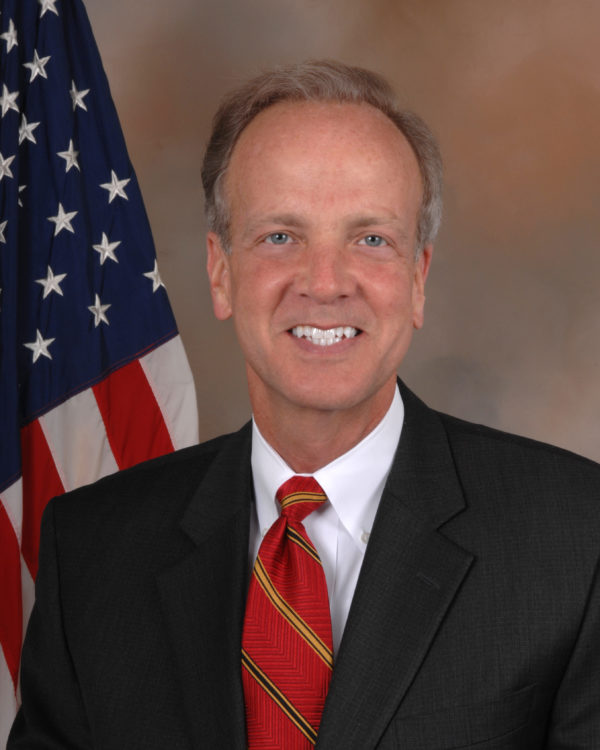
He acknowledged that the bill contained positives, including money for high-speed internet and money for repairing roads and bridges and upgrading airports.
But he noted that the bill would add $250 billion dollars to the national deficit.
“I am saddened by the fact that this did not reach an agreement I could support,” Moran said on the Senate floor on Monday.
“Unfortunately, to sum up, there is too much spending, too much debt, and therefore there will be too much inflation,” Moran said.
“My efforts to reach a compromise were honest and sincere and I regret that we were unable to arrive at a bill I can support.”
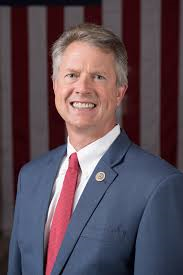
Marshall echoed a similar theme.
“I support a much needed infrastructure bill that paves the way and invests in Kansas’ future, but we must find a way to pay for it that does not involve robbing our seniors or continuing to mortgage our grandchildren’s future,” Marshall said in a statement.
Osborne Oltjen expressed disappointment with how the senators voted.
“We have significant infrastructure needs across our state and there was a lot in this bill to like, including substantial investments in roads, bridges, broadband, water and public transit,” she said in a statement Tuesday night.
“Unfortunately, the concerns of Senator Moran and Senator Marshall could not be overcome,” she said.
“We don’t doubt their commitment to the infrastructure needs of the state and we’re hopeful there will be other opportunities for them to help address these needs in the near future.”



